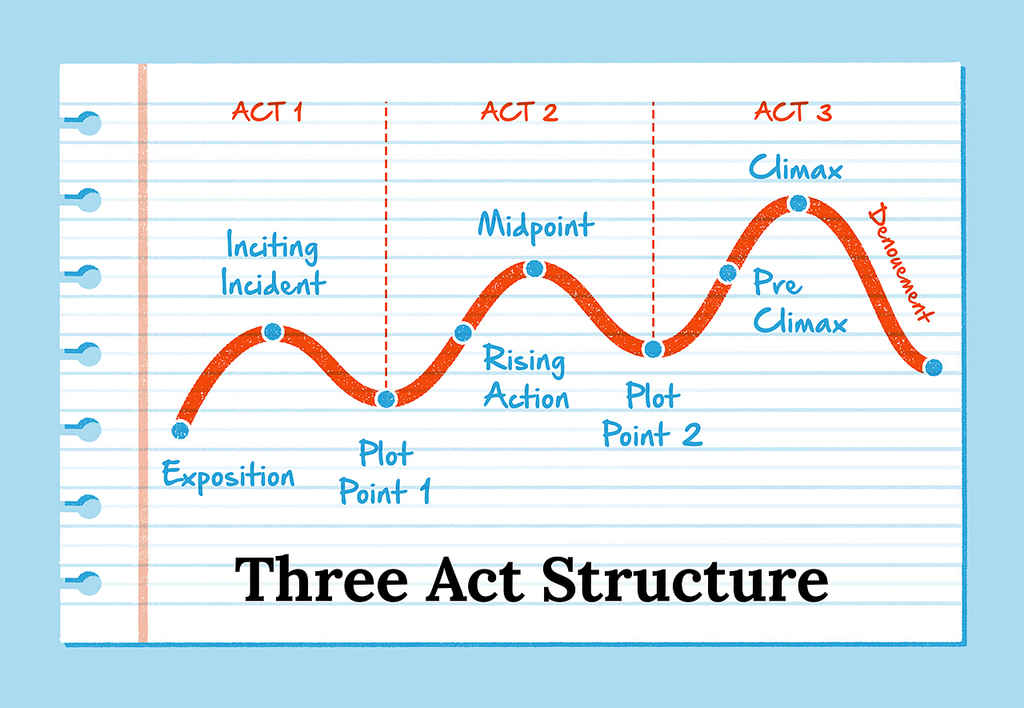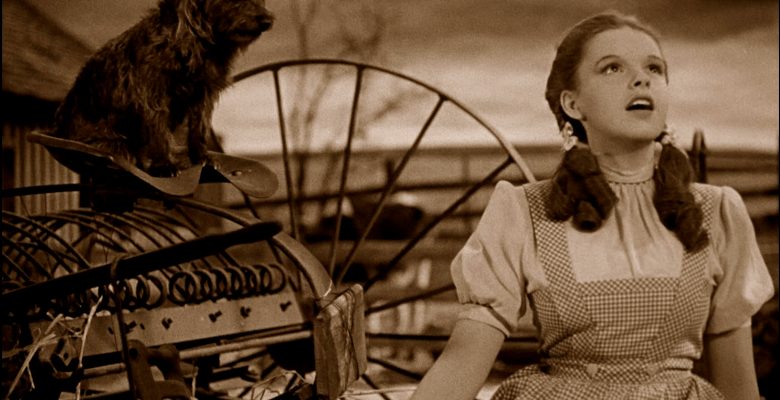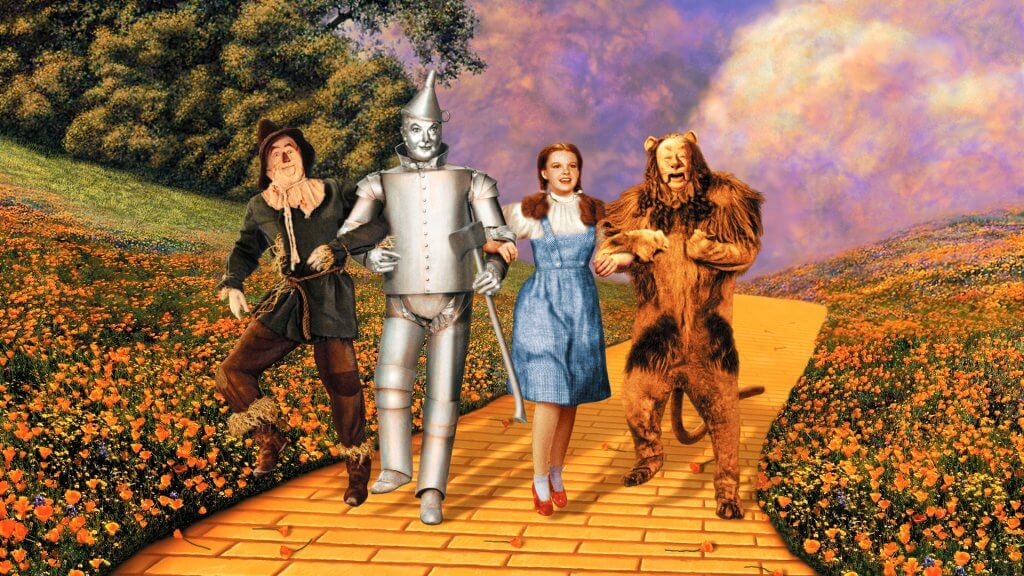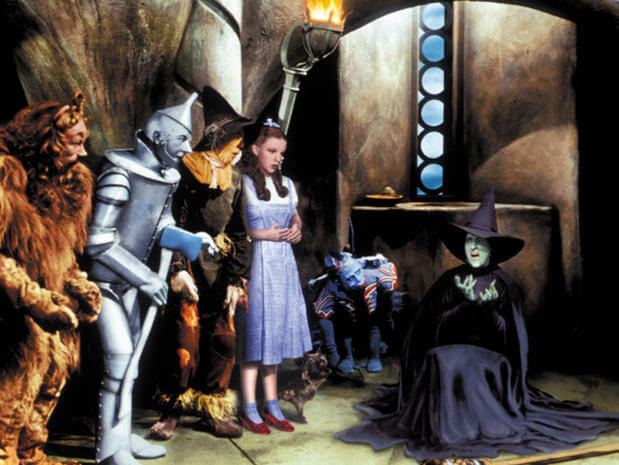Guides • Perfecting your Craft
Last updated on Mar 18, 2021
The Three-Act Structure: The King of Story Structures
The three-act structure is perhaps the most common technique in the English-speaking world for plotting stories — widely used by screenwriters and novelists. It digs deep into the popular notion that a story must have a beginning, middle, and end and goes even further, defining specific plot events that must take place at each stage.
In this post, we dissect the three acts and each of their plot points — using three-act structure examples from popular culture to illustrate each point.
Let’s begin! In three, two, one...

FREE OUTLINING APP
Reedsy Studio
Use the Boards feature to plan, organize, or research anything.
What is the three-act structure?

The three-act structure is a model used in narrative fiction that divides a story into three parts (or acts), often called the Setup, the Confrontation, and the Resolution. An old dramatic principle, the three-act structure can be traced back to Aristotle’s Poetics, in which he defines it as one of the five key elements of tragedy.
According to Aristotle, each act should be bridged by a beat that sends the narrative in a different direction. His belief was that stories must be a chain of cause-and-effect beats: each scene must lead into what happens next and not be a standalone "episode."
Now that we know the three-act structure, let’s dive into how it works.
Common story beats in the three-act structure
To help us better understand writers might use this structure to construct a story, we’ll need to dig deeper into what makes up each of the acts. Here is what you’ll find in the three-act structure:
- Act 1: Setup – Exposition, Inciting Incident, Plot Point One
- Act 2: Confrontation – Rising Action, Midpoint, Plot Point Two
- Act 3: Resolution – Pre-Climax, Climax, Denouement
To help you see this structure in action, we’ll use 1939’s The Wizard of Oz as an example as we unpack all nine story beats.

FREE COURSE
How to Plot a Novel in Three Acts
In 10 days, learn how to plot a novel that keeps readers hooked
Act One: The Setup
Despite being one of three sections in a plot, Act One typically lasts for the first quarter of the story.

Exposition
The exposition is all about setting the stage. The reader (or audience) should get an idea of:
- who your protagonist is,
- what their everyday life is like,
- and what’s important to them.
Of course, nobody’s life is perfect — so the exposition should give readers a sense of the main character's current desires and the challenges that prevent them from getting what they want in life
Example: Dorothy dreams of somewhere over the rainbow
In The Wizard of Oz, Dorothy’s home life in Kansas forms the bulk of the exposition. We see that her family are hard-working farmers and that she has a dog she cares for called Toto. We learn that Dorothy feels misunderstood and under-appreciated.
Inciting Incident
This is the catalyst that sets the protagonist’s adventure in motion. The inciting incident is a crucial beat in the three-act story structure: without it, the story in question wouldn’t exist. The inciting incident proposes a journey to the protagonist that could help them change their situation and achieve their goal.
Author and editor Kristen Kieffer suggests asking yourself the following questions to help you craft the inciting incident:
- How is my protagonist dissatisfied with their life?
- What would it take for my protagonist to find satisfaction? (This is their goal).
- What are my protagonist’s biggest fears and character flaws?
- How would the actions that my protagonist needs to take to find satisfaction force them to confront their fears and/or flaws?
The catalyst is often called the “call to adventure” and asks your protagonist to push themselves out of their comfort zone. This is where Luke Skywalker receives a distress call from Princess Leia, where Tony Stark is captured by terrorists at the start of Iron Man.
Will the protagonist rise to the challenge, or will they “resist the call” to adventure? After all, going on this journey will have consequences for themselves and those around them. What’s at stake if they fail?
Depending on the character, and their core fears and flaws, you may need to dedicate a few scenes to raise the stakes so that the character has no choice but to accept.
Not sure what those flaws and fears are yet? Don't worry! Our handy character profile template will help you find out.

FREE RESOURCE
Reedsy’s Character Profile Template
A story is only as strong as its characters. Fill this out to develop yours.
Example: A twister takes Dorothy on an adventure
Dorothy runs away from home and encounters a professor who encourages her to go home. Upon her return, a tornado causes Dorothy to be struck in the head by a window. Her home has been whisked off to the Land of Oz when she wakes up.
Plot Point One
It’s full speed ahead now! No more hemming and hawing for your character: the First Plot Point represents the protagonist’s decision to engage with whatever action the inciting incident has created. It’s when Bilbo Baggins decides to join Gandalf and the band of dwarves for an epic adventure in The Hobbit.
In some stories, the Inciting Incident and Plot Point One happen in the same scene. For instance, in The Hunger Games, Katniss Everdeen’s sister is selected as a ‘tribute’ in the titular games (inciting incident), and Katniss immediately volunteers to take her place (plot point one).
Think of the First Plot Point as the springboard that launches your character into Act Two.
Example: Dorothy chooses to ease on down the road
Frightened and confused, Dorothy wants to go home and is told by Glinda the Good Witch that the only way is to follow the Yellow Brick Road to the Emerald City where The Wizard lives. Dorothy decides to follow the road, and it’s established the Wicked Witch will try to stop her.
Act Two: Confrontation
Typically the longest of all three sections: Act Two usually comprises the second and third quarters of the story.

Rising Action
Here’s the part where Dorothy waltzes down the Yellow Brick Road to meet Oz who sends her home without a hitch, right?
Nope. This is where the protagonist’s journey — or the pursuit of their goal — begins to take form and where they first encounter roadblocks. The protagonist learns their new surroundings and starts understanding the challenges that lay before them. This is the part of the story where you should better acquaint readers with the rest of the cast (both friends and foes) and the primary antagonist. You will also elaborate on the story’s overarching conflict (whether it’s a person or a thing).
As the protagonist learns more about the road ahead, they’ll change and adapt to have a better chance of achieving their goal. In this way, the main character is usually more reactionary than proactive in the Rising Action phase.
Example: Dorothy makes friends and discovers roadblocks
Dorothy meets the Scarecrow, the Tin Man, and Lion. They travel down the Yellow Brick Road, encountering obstacles such as apple-throwing trees and sleep-inducing poppies.
Midpoint
It’s no big surprise that the Midpoint takes place at… drumroll, please… the middle of the story! A significant event should occur here, usually involving something going horribly wrong.
Return to the protagonist’s main goal to establish what this Midpoint event should be. What must happen for them to feel that their goal is being directly threatened? What could make the character even more acutely aware of the stakes at hand?
Example: The Gang meets up with The Wizard
Dorothy finally reaches the Emerald City and meets with The Wizard, who is a big disappointment. He initially refuses to meet with them, and when he eventually does, he declines to help them until they bring him the Wicked Witch’s broomstick.
Free Download: Three-Act Structure Template
Effortlessly plot your story with our customizable template. Enter your email, and we'll send it to you right away.
Plot Point Two
Our poor protagonist has fallen on hard times. They thought they were making headway on their goal, and then the Midpoint came and threw them off their rhythm.
Give them some time to reflect on the story’s conflict here. The aftermath of the Midpoint crisis will force the protagonist to pivot from being a “passenger” to a more proactive force to be reckoned with. You might want to plan a sequence where the main character’s resolve is bolstered through productive progress on their journey’s goal. Think of Plot Point Two as the pep talk your character needs to stand up straight and get ready to meet their antagonist head-on. They’ll need this confidence to handle what comes next…
Example: The decision to face the Wicked Witch
Dorothy must decide whether to risk heading to the Wicked Witch’s castle or give up on her chance of going home. She and her companions decide to confront the witch.
Act Three: Resolution
The final act typically takes up a quarter of the story — often less.

Pre-Climax
Even the strongest knight has weak spots in their armor: their deep-rooted fears and flaws. As the protagonist has been gearing up to meet the antagonist head-on, their main foe has also been getting stronger and is now ready for battle.
Also called “The Dark Night of the Soul,” the pre-climax starts with the final clash between the protagonist and the antagonist. We’ve experienced the entire journey with the main character — but this is where we get our first glimpse of the antagonist’s true strength, which usually catches the main character off guard. Even though most readers know that the protagonist typically wins the day, we should have some doubt here about how the last act will play out and if the main character will be okay.
Example: All seems to be lost
While on the way to the Wicked Witch’s castle, Dorothy is captured. The Witch finds out that the ruby slippers can’t be taken against Dorothy’s will while she’s alive, so she sets an hourglass and threatens that Dorothy will die when it runs out.
Climax
The climax signifies the final moments of the story’s overarching conflict. Since the antagonist has just hit the protagonist where it hurts in the previous beat, the protagonist has to lick their wounds. Then they face off again, and the main character finally ends the conflict.
The climax itself is normally contained to a single scene, while the pre-climax typically lasts longer and might stretch over a sequence of events.
Example: “I’m melting!”
Dorothy throws a bucket of water on the Scarecrow, who has been set alight. She ends up accidentally dousing the Witch, who melts into a puddle. The guards hand the Witch’s broom to Dorothy.
Denouement
Finally, the dust settles. If the protagonist’s goal is not immediately obtained during the Climax, the denouement is where this should be achieved (or redefined, if their goal changed during Act Three). Along with this, the denouement should also:
- Fulfill any promises made to the reader. Check out this post on Chekhov’s Gun to learn more about this;
- Tie up significant loose ends;
- Underscore the theme; and
- Release the tension built up during the climactic sequences of events.
If you want to learn more about nailing your story’s resolution, check out this post on how to end a story.
Example: Everyone gets what they need
The Scarecrow receives a diploma, the Tin Man receives a “heart,” and the Lion receives a medal of valor. The Good Witch explains that Dorothy has always had the power to go home; she just didn’t tell her earlier because she wouldn’t have believed it. Dorothy taps her ruby slippers and heads back to Kansas to greet her family lovingly.
When should you use it?
The three-act structure is just one way to think about a story, so writers shouldn’t feel limited. The benefit of using the three-act structure is that it will help ensure that every scene starts and end with a clear purpose and direction. Even if you don't start outlining your novel with it, if you find yourself struck by pacing issues, it's often useful to fit your story into the three-act structure to see why that might be.
No matter what type of novel you're writing, we've got resources for you! Check out the rest of this guide for more articles breaking down common story structures, and sign up for our ultimate novel writing course for even more tips to get you started.

FREE COURSE
How to Write a Novel
Author and ghostwriter Tom Bromley will guide you from page 1 to the finish line.





7 responses
Adron J. Smitley says:
02/07/2018 – 06:40
Excellent advice! I actually just published a book for writers and nanowrimos to help both Plotter and Pantser write their novels called, "Pen the sword: the universal plot skeleton of every story ever told" its free with kindle unlimited. walks you through every step of plotting your novel :-)
Lita Brooker says:
03/07/2018 – 19:59
Such a useful article. Thank you.
Ryan Monahan says:
04/07/2018 – 17:49
Very informative! Would you be able to make an article or two about alternatives to the 3-Act Structure (maybe even compare/contrast them) and how the various story structures are used for series?
↪️ Reedsy replied:
05/07/2018 – 14:52
We're definitely working on more structure articles like this to explore different structure options :)
Marie Robinson says:
08/07/2018 – 14:38
I've recently started thinking about structure in 4 acts instead of 3. It's actually exactly the same structure, but you break Act II up at the midpoint and make that second half a separate act. This had helped me think of that middle half of the story in more manageable 25% chunks, and it has greatly reduced that "muddy middle" problem that I know is not unique to me.
Svetlana Rosemond says:
08/05/2019 – 12:28
I'm planning on writing a series of blog posts and I was researching the 3AS and came across your blog. Would you mind if I quoted and linked back to it ? Here is my blog.
↪️ Reedsy replied:
08/05/2019 – 12:29
Of course! We'd be delighted if you did :) Thanks so much!